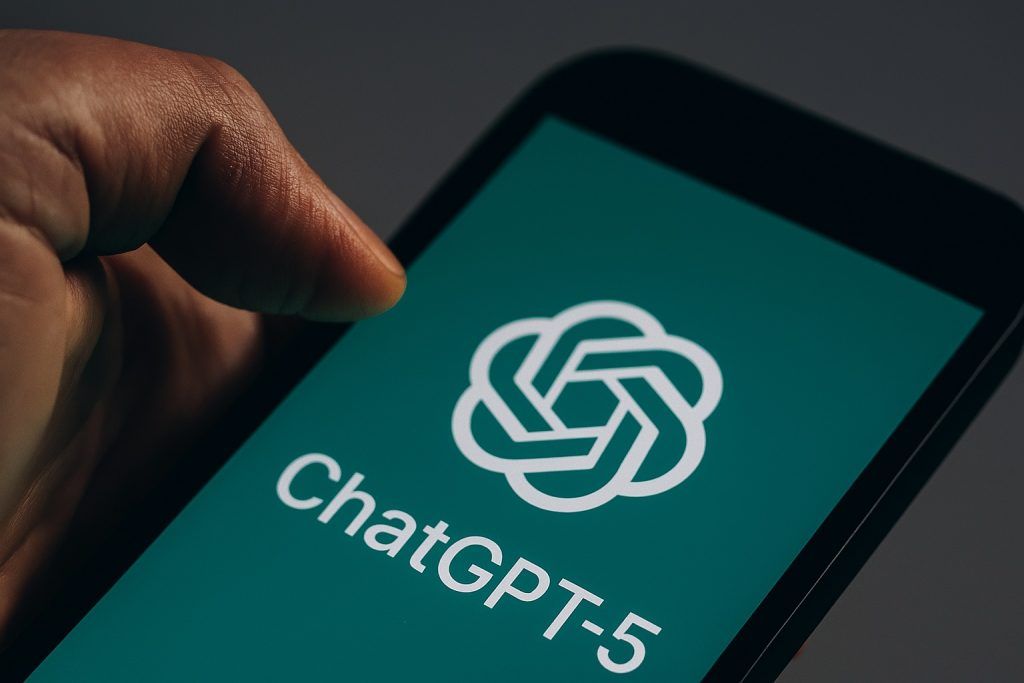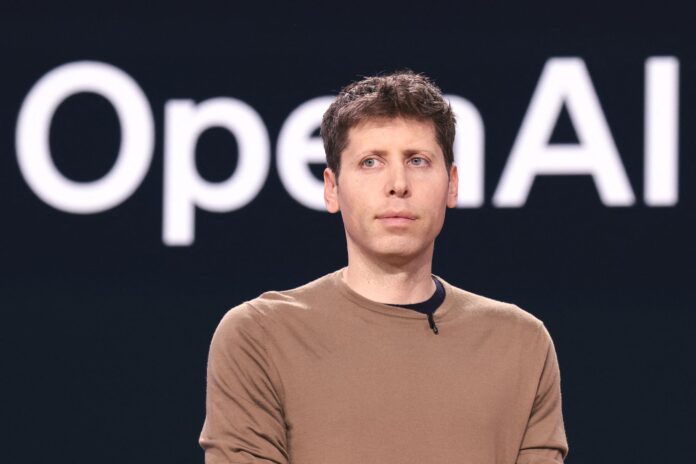What OpenAI announced and who gets it
OpenAI has made GPT-5 the default model inside ChatGPT and says all users can use it, with caps for free accounts and bigger limits for paid plans, while Pro subscribers get more use and extra reasoning power, and enterprise and education accounts will see access soon.
What the model does and how it aims to work

The company says GPT-5 can pick how hard to think about a question and will switch between quick replies and deeper reasoning when a problem needs more steps, and the system also ties user feedback into how it decides which mode to use. OpenAI highlights big gains in code and math tests, notes faster and more accurate answers on many tasks, and adds new safety features that try to give useful outputs inside safety limits instead of refusing users.
Benchmarks, errors and real world checks
OpenAI reports that GPT-5 cuts factual errors by around 45 percent compared with its GPT-4o family and by about 80 percent against an older o3 model when web search is on, and the firm points to scoring highs on coding and math tests such as SWE-bench and Aider Polyglot while also noting gains on hard health and exam-style tasks. Those numbers line up with press testing and early reviews that show stronger code output and fewer mistakes in step by step problems.
How people and businesses will see it

Free users will hit a cap and then be moved to a smaller model, while paid tiers keep higher limits and the Pro tier at a higher fee gives access to more compute and an extended reasoning option, and OpenAI says partners who tested the model saw faster development cycles and fewer bugs in generated projects. This staged access aims to give wide reach while steering heavy use into paid plans.
My take on what this change means
This rollout matters because it moves the company from offering many separate models to offering one system that decides how much work to do on each query, and that shift should make the product feel easier to use for regular people who do not know model names or settings, while at the same time raising questions about how OpenAI will balance costs, safety, and limits on free users.
The mark of success will not be charts or press lines but how often the model gives correct answers in real tasks and how users judge that quality day to day, and for firms that build on top of the model the change could cut engineering time but also tie their work more directly to one provider.
Risks and open questions
There are a few items to watch. First, public claims on error rates and benchmarks come from the maker and need independent checks in varied use cases, and second, putting one system at the center increases the impact of any failures, so safety work and monitoring must keep pace.
Also, cost and limit choices will shape how broad adoption looks, since heavy users and companies want steady access while casual users expect no friction. Journalists and developers will need to test the model on tricky real world tasks to see how it behaves under stress.
Sources: OpenAI

